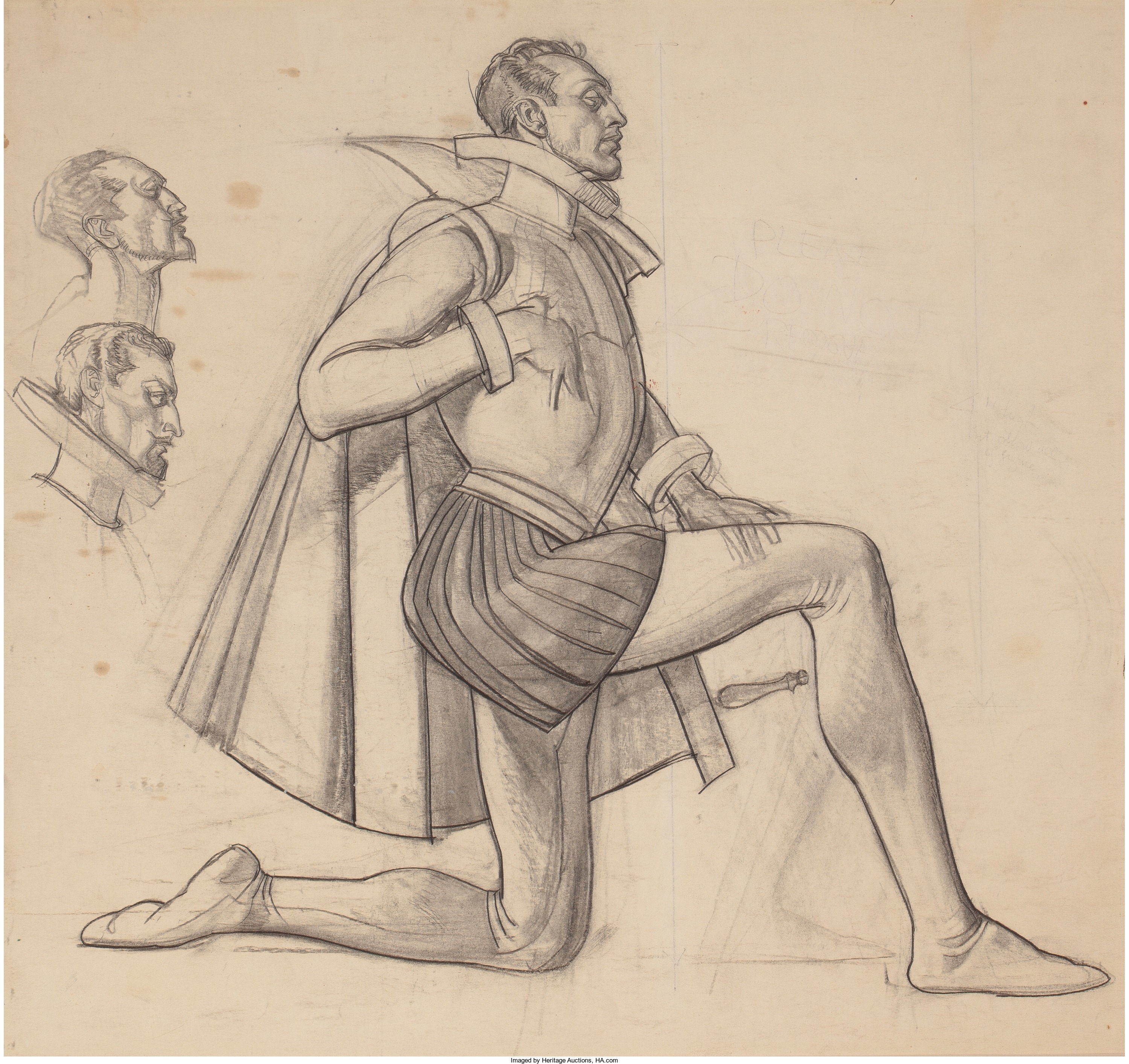
“God gave us the potato blight, but the English gave us the famine.” – Unattributed Irish saying
By Jim O’Neal
Some believe that Sir Walter Raleigh introduced the potato to Ireland circa 1570. It seems more likely that this marvelous, life-giving tuber was imported from South America where it had been cultivated in the highlands of Peru. Either way, it thrived in the cool, wet climate of Ireland.
Potatoes grew so easily, and with so little labor, that one acre could yield up to 12 tons a year, more than enough to easily feed a large Irish family. By 1840, 3 million Irish survived almost exclusively on potatoes alone. One adult would generally consume up to 14 pounds a day.
Potatoes were rich in protein, carbs and vitamin C, which helped double the Irish population from 4 million to 8 million in the relatively short period from 1780 to 1845. However, this rapid population growth created demand for more land, which was a scarce resource.
So began a fatal death spiral.
Available land parcels were divided into smaller plots and their diminished size soon dictated the planting of only potatoes. It was the only crop sufficient to yield enough food from each field.
Unfortunately, not only did the Irish cultivate only one food source, they only grew one potato variety, called “Lumpers.” It provided the higher yield, but was not genetically diverse and therefore vulnerable to blight, a plant disease that could be devastating.
In Ireland, just such a blight began at harvest time in September 1845. It was a killer fungus named phytophthora infestans, brought from America on ships to England and then blown across the Irish Sea.
This particular fungus killed the potato, turned them black and left them rotting in the ground, too putrid to harvest. It also returned with a vengeance the following year.
The Irish peasants had survived starvation by selling off their livestock and eating corn imported from America. They were now almost 100 percent reliant on the 1846 crop.
At first, the crop seemed healthy, but by September, potatoes began to die in the west. Then the disease moved relentlessly across the entire country at an amazing speed of 50 miles per week.
Not a single potato was untouched.
Then came the winter of 1846-47 and it was the harshest in memory … freezing cold, with one blizzard and sleet storm after another. As the Irish consumed the last of their meager supplies, they began to eat anything in sight. Nettles, turnips, rotten cabbage, seaweed and even grass. (There were reports some ate each other.)
It is difficult to overestimate the magnitude of this disaster.
In 1845, the population was 8 million; six years later, it had shrunk to 5.5 million. Of this, 1 million died of starvation and the remaining 1.5 million emigrated to Britain, Australia and America.
It left Ireland an impoverished nation and assistance from the British government bordered on being revengeful. Such a huge catastrophe rooted in such a lowly plant.
 Intelligent Collector blogger JIM O’NEAL is an avid collector and history buff. He is president and CEO of Frito-Lay International [retired] and earlier served as chairman and CEO of PepsiCo Restaurants International [KFC Pizza Hut and Taco Bell].
Intelligent Collector blogger JIM O’NEAL is an avid collector and history buff. He is president and CEO of Frito-Lay International [retired] and earlier served as chairman and CEO of PepsiCo Restaurants International [KFC Pizza Hut and Taco Bell].
